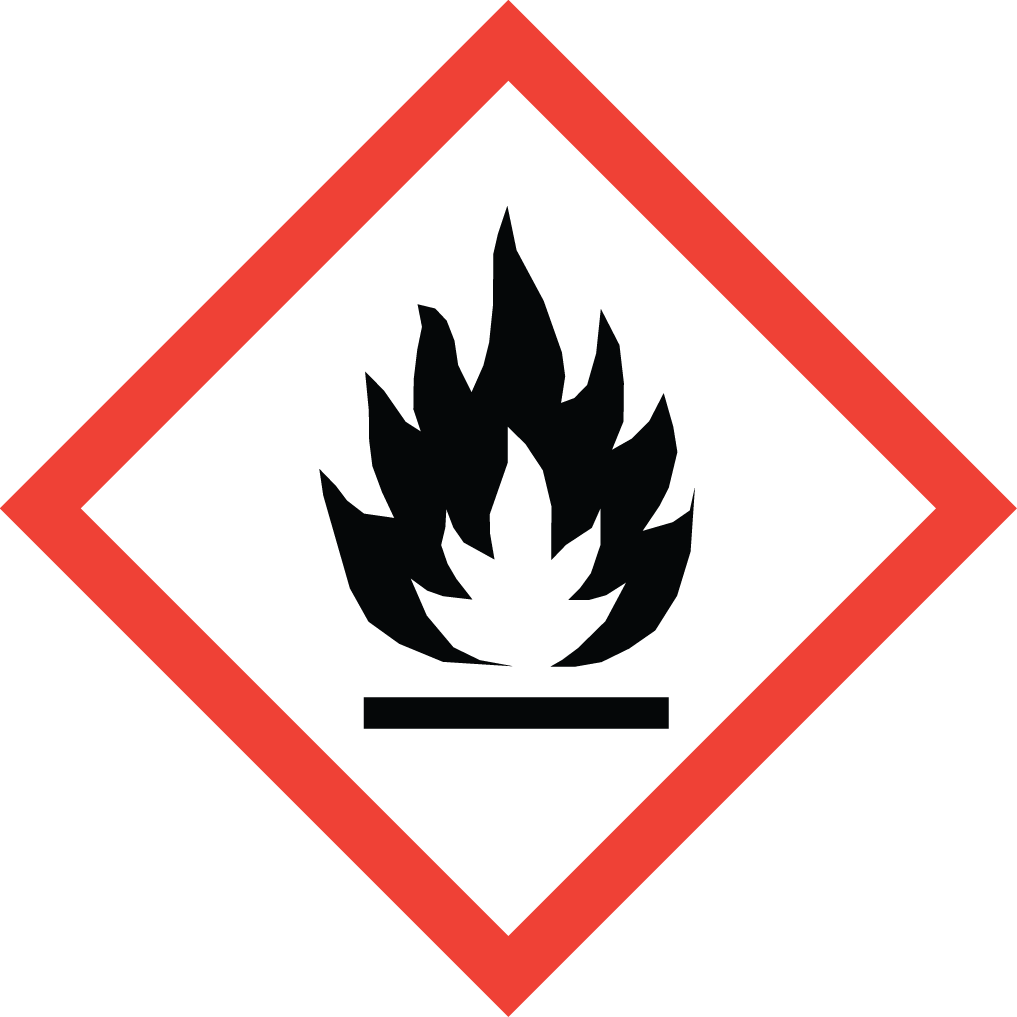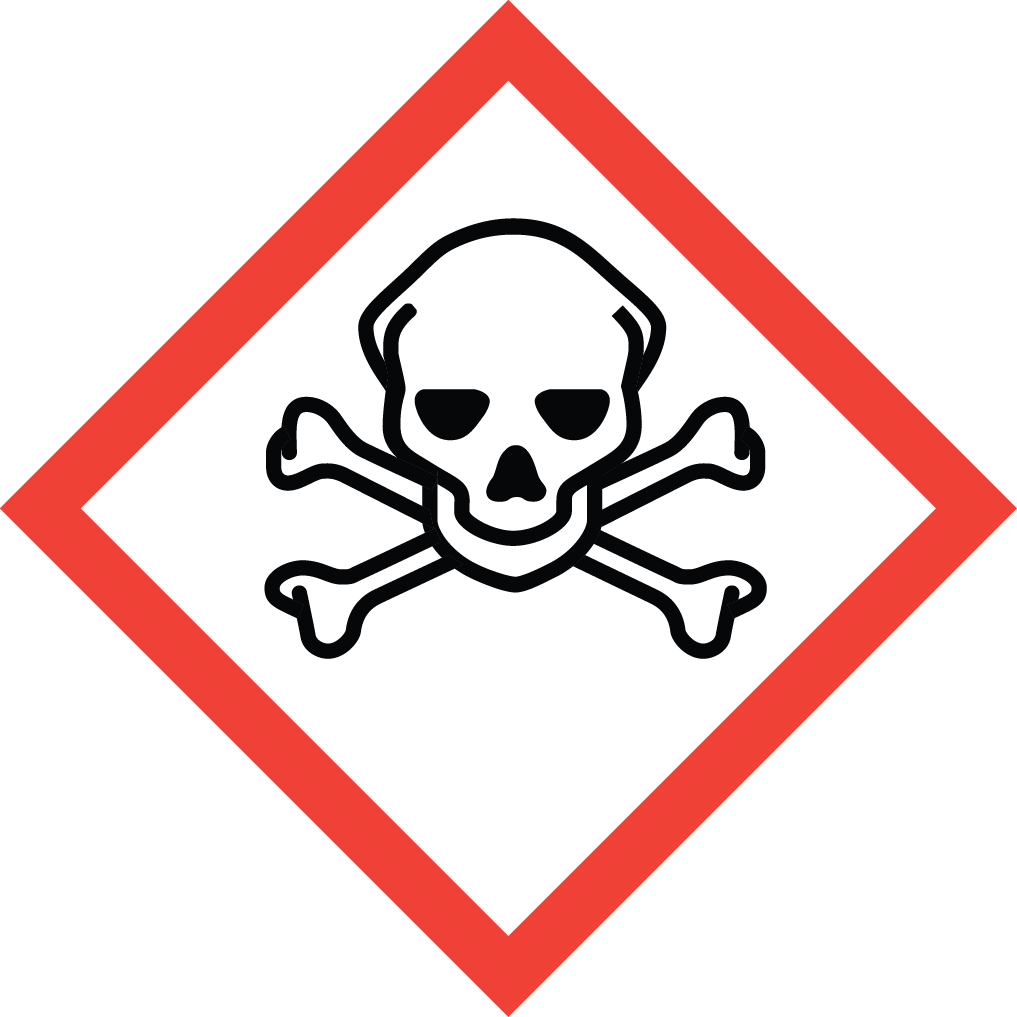Aure Chemical Delivers Excellence in N,N-Dimethylethylamine
N,N-Dimethylethylamine (DMEA), CAS 598-56-1, is a highly volatile tertiary amine. It is a colorless gas at room temperature, often handled as a pressurized or liquefied gas, or a very low-boiling liquid. Its structure—an ethyl group and two methyl groups attached to a nitrogen atom—makes it a highly effective nucleophile and base, giving it broad utility as a reaction catalyst and chemical intermediate, particularly in the plastics industry.
Basic Information of DMEA
Meticulously produced and rigorously tested to meet stringent quality standards. We ensure exceptional purity and consistent performance, essential for your critical applications:
| CAS No.: | 598-56-1 |
|---|
| EC No.: | 209-940-8 |
|---|
| Linear Formula: | C4H11N |
|---|
| Molecular Weight: | 73.14 |
|---|
| Appearance: | Colorless liquefied gas or volatile clear liquid |
|---|
| Odor: | Strong, pungent, ammonia-like, fishy odor |
|---|
| Melting Point: | −140 °C(lit.) |
|---|
| Boiling Point: | 36-38 °C(lit.) |
|---|
| Density: | 0.675 g/mL at 25 °C(lit.) |
|---|
| Solubility: | Miscible with water and most organic solvents. |
|---|
| Flash Point: | -33 °F |
|---|
| RIDADR: | UN 2734 3/PG 2 |
|---|
| Chemical Structure: |  |
|---|
Application Overview
DMEA is a high-performance chemical with application focused on its strong catalytic activity and ability to form quaternary salts:
Polyurethane Foam Catalyst: It is a principal component in proprietary blends used as catalysts for flexible and rigid polyurethane foam production. DMEA primarily promotes the gelling reaction (amine-hydroxyl reaction), balancing the blowing reaction to achieve the desired cell structure and cure time.
Quaternary Ammonium Compounds (Quats): DMEA is a precursor for synthesizing various quaternary ammonium salts, which are essential ingredients used as surfactants, phase-transfer catalysts, disinfectants, and corrosion inhibitors.
Accelerant for Epoxy Curing: Due to its strong basicity, DMEA functions as an effective accelerator in the curing process of certain epoxy resins and coatings, decreasing the curing time, especially at lower temperatures.
Solvents and Specialty Chemicals: It is utilized as a specialized solvent or neutralizing agent in the production of specific pharmaceuticals and agrochemicals where a low-molecular-weight, highly volatile amine is required for easy removal after reaction.
Rubber and Elastomer Processing: It can be used as a vulcanization accelerator in the processing of certain rubber and elastomer compounds.
Why Choose Aure Chemical for N,N-Dimethylethylamine?
Selecting Aure Chemical as your supplier for N,N-Dimethylethylamine (CAS 598-56-1) ensures you receive a product optimized for performance and supported by rigorous technical and safety standards.
Minimized Residual Volatiles: Our DMEA undergoes an extra purification step to ensure extremely low levels of residual alcohol or water. This is vital for catalyst applications in polyurethane foams, where trace water can prematurely trigger the blowing reaction, leading to defective foam structure.
Safety-First Cylinder Management: Given that DMEA is a volatile liquid/gas (BP 36 °C) and highly flammable, Aure Chemical employs specialized, pressure-tested cylinders and storage tanks designed for volatile amines, providing maximum safety during transport and on-site storage.
Catalytic Activity Certification: Every batch is tested not just for chemical purity but also for catalytic performance in standardized model reactions. We certify the effective basicity (pKₐ) to ensure consistent reaction kinetics in your polymerization and gelling processes.
Flexible Delivery Formats: We offer DMEA in multiple forms—either as a pressurized liquid in steel cylinders or as a precisely formulated solution in appropriate solvents—to match the specific handling and blending requirements of different manufacturing setups (e.g., in-line blending systems for foamers).
Hazards Classification
GHS Classification: Flammable Liquid (GHS02), Acute Toxicity (GHS06), Corrosive (GHS05)
Hazard Statements: Highly flammable liquid and vapor; harmful if swallowed or inhaled; causes severe skin burns and eye damage.
UN Number: UN 2734
Hazard Class: 3 (Flammable Liquids)
Packing Group: II
 GHS02: Flammable
GHS02: Flammable GHS05: Corrosive
GHS05: Corrosive GHS06: Acute toxicity
GHS06: Acute toxicity
